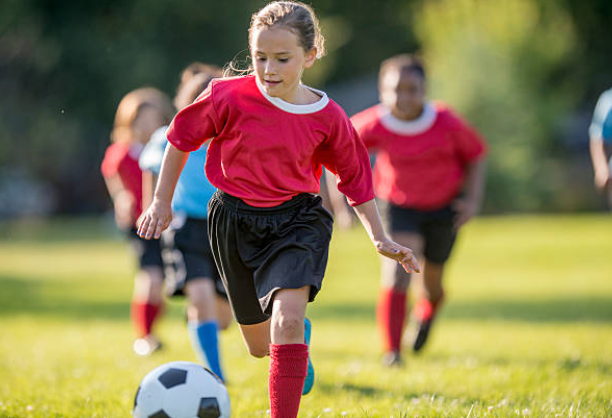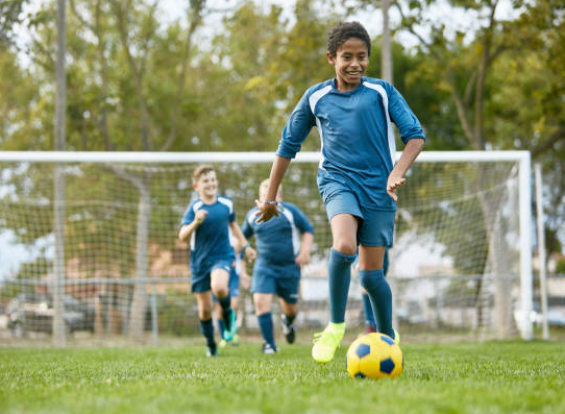Variations of wellbeing measures between player’s participation in a match and aplaying position: a study of youth soccer players
Soccer is a sport characterized by combining high-intensity actions with low-intensity actions. This makes it a complex sport, where monitoring the impact of actions that occur both in training and in matches are of great interest to coaches. However, this interest has focused on physical and physio
The relationship between deliberate practice, play, and futsal in childhood and adolescence and the development of different decision-making skills in professional female soccer players
Soccer players’ ability to make efficient and quick decisions has gained more importance due to the increase in game speed in the last few years. Therefore, this study aimed to examine the relationship between the engagement in previous developmental activities in soccer and futsal with the qualit
Selected soccer players are quicker and better decision-makers in elite Brazilian youth academies
Studies in talent identification and selection showed that more talented players usually possessed better decision-making skills. Nevertheless, studies on this topic have not yet been carried out: 1) assessing both decision-making time and quality based on offensive and defensive skills among select
Effects of re-warm-up protocols on the physical performance of soccer players: A systematic review with meta-analysis
This systematic review aimed to (1) identify and summarize studies that have examined the effects of re-warm-up (RWU) protocols on the physical performance of soccer players (vertical jump height and sprint time) and (2) establish a meta-comparison between performing a re-warm-up and not performing
Cognitive and Physical Effects of Warm-Up on Young Soccer Players
This study analyzed the effects of with (WC) or without conducting a warm up on youth soccer players immediately before performing physical and cognitive tests. Fourteen youth soccer player (age 11.64 ± 0.50) participated in a counterbalanced cross-sectional study in which three conditions were
The role of mental fatigue in soccer: a systematic review
Because of the role of mental fatigue in the development of elite soccer players, it has been a topic of interest for researchers in the last decades. First, we aim to shed light on the literature published about mental fatigue in soccer in the last 10 years. Second, based on the results obtained, w
Development of an innovative method for evaluating a network of collective defensive interactions in football
Social network analysis (SNA) has been increasingly applied to performance analytics in team sports, seeking to better understand the dynamic properties of competitive interactions. Despite considerable potential to analyze individual (micro) and team (macro) behavioral patterns of play, there are i
Internal and External Load Variations in Young Students: Comparisons between Small-Sided Games and Small-Sided Games Combined with Strength Training during Physical Education Classes
The purpose of this study was to compare the effects of internal and external load in soccer small-sided games (SSGs) and a strength program based on CrossFit combined with SSGs for 7 weeks. Fifty-five students participated in this research (age: 9.04 ± 0.19 years) and were randomly assigned to SSG
Tactical behaviour differences of high and low-performing youth soccer players in small-sided and conditioned games
This study aimed to compare the quantity and quality of tactical actions of high- and low-performing players in two small-sided and conditioned games: (1) standard 3v3 plus goalkeepers, featuring equality for both teams, and; (2) numerical superiority in the offensive phase with two joker players in
Do youth soccer players with different tactical behaviour also perform differently in decision-making and visual search strategies?
The study aimed to compare the decision-making and visual search strategies of young soccer players between two groups based on the results on-field specific tactical test. Ninety youth male soccer players (14.0 ± 1.06 years) affiliated to regional Brazilian clubs participated in this study (U-1










